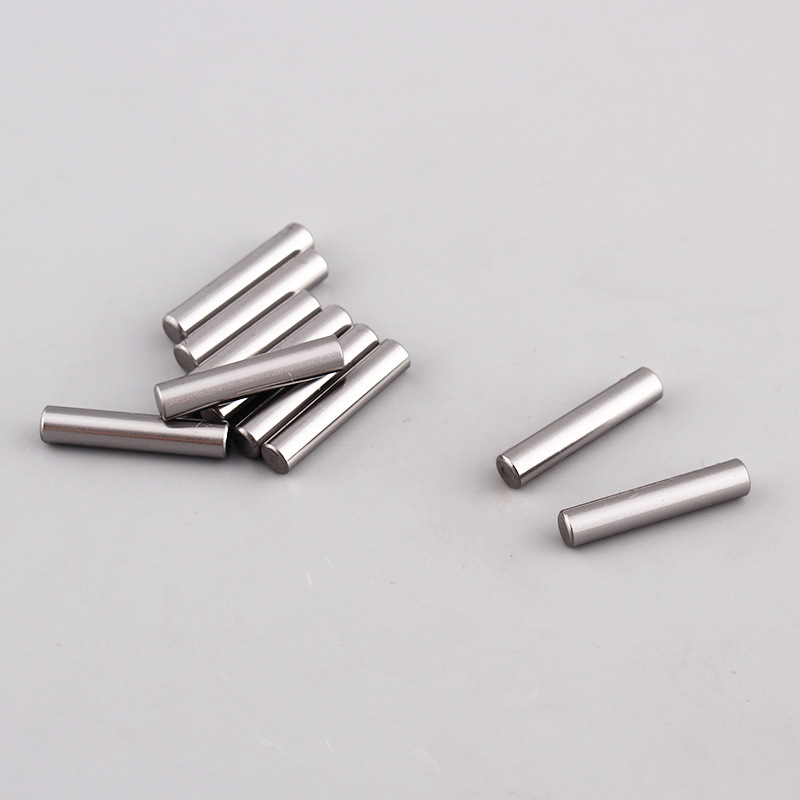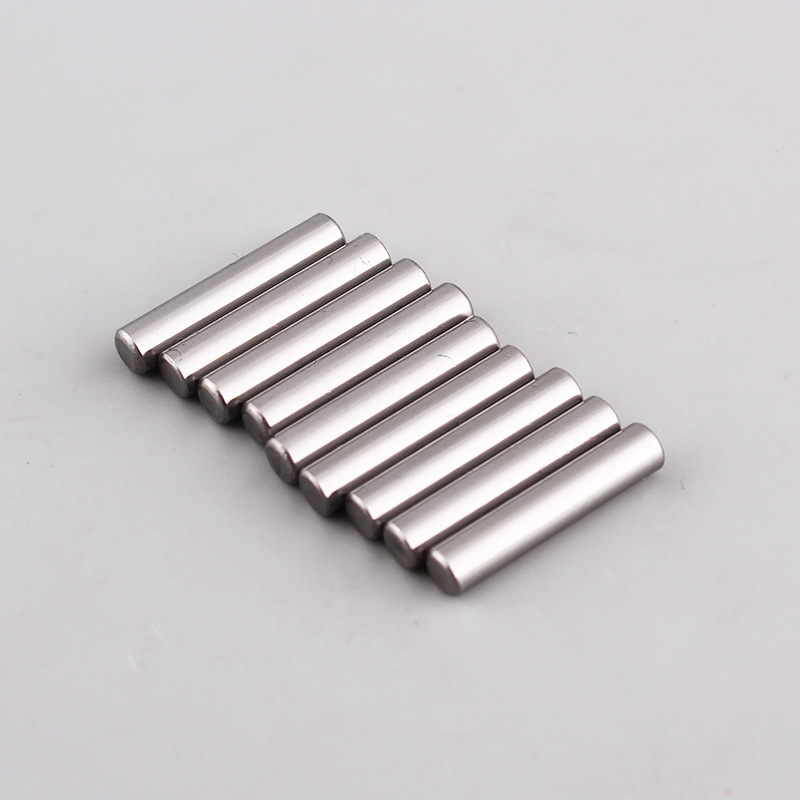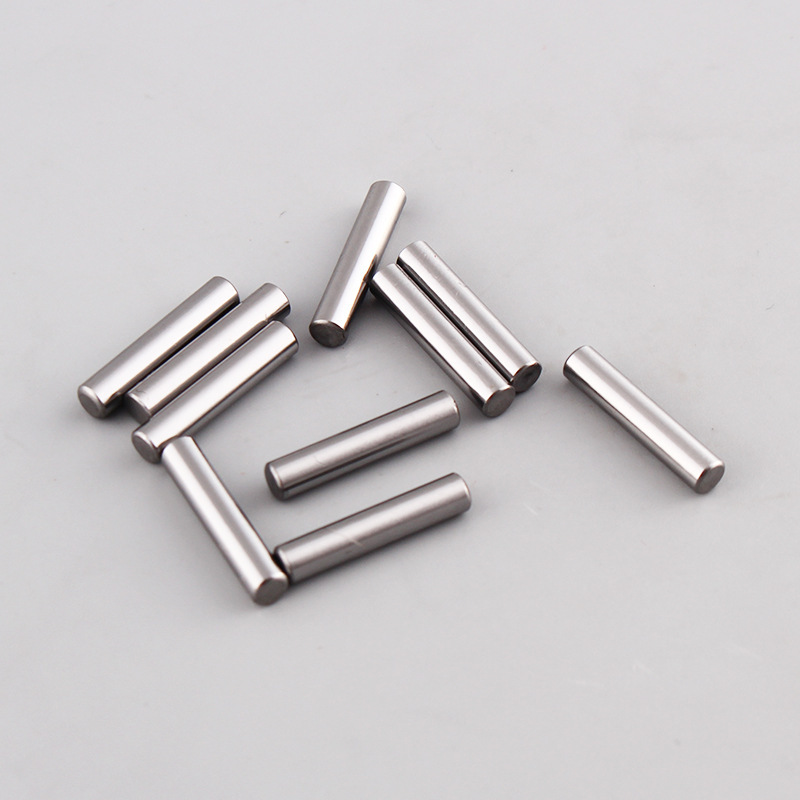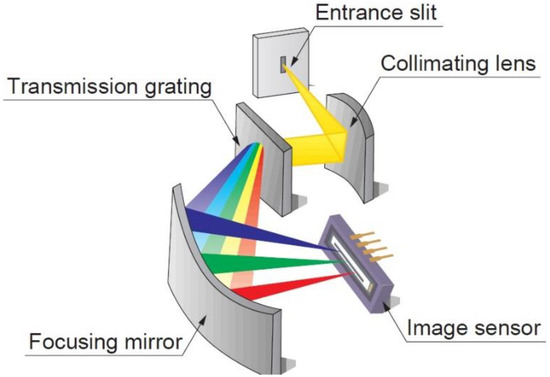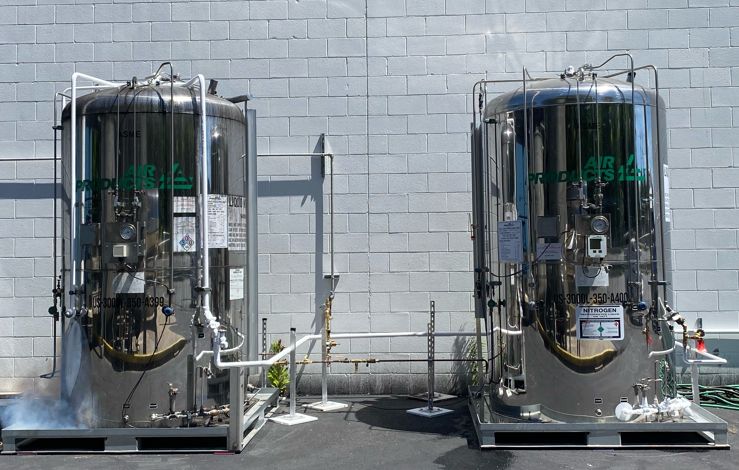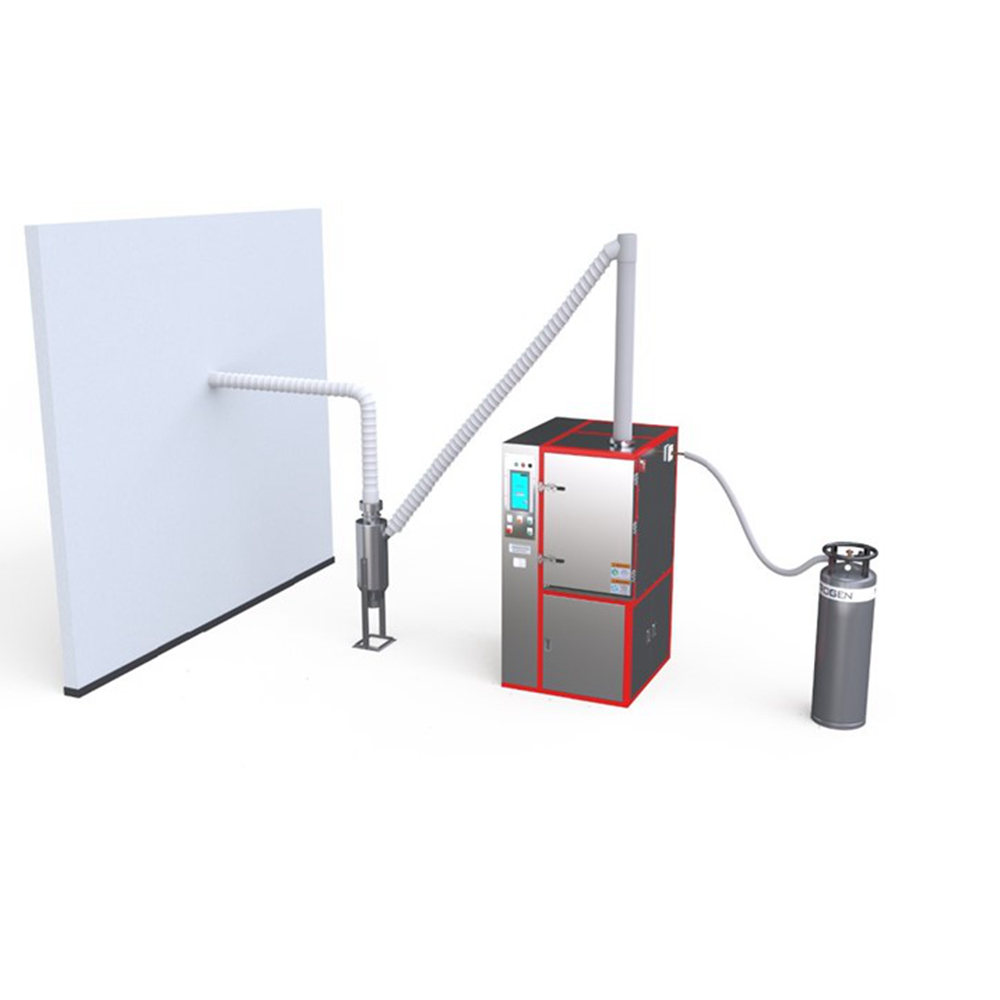The main features of China PEGE cryogenic deflashing and cryogenic deburring machine
1. The whole frame of the cryogenic deflashing equipment is made of high quality 304 stainless steel, the thickness of the steel pipe is 3mm, which is strong, durable and upscale.
2. The projectile wheel can be made of stainless steel, strong and durable.
3. The width of the projectile wheel is increased to 70mm for 120T and 150T, the projectile wheel range is wider, and the projectile efficiency is increased by 20%.
4. Using MCGS high-end touch screen, can store more than 20,000 pieces of product information, storage, reading, downloading, editing, host control and upgrading the scanner and other functions. Improve the tracking and traceability of product processing, adapt to the modern enterprise intelligent, digital management requirements.
5. The Blasting wheel motor of cryogenic deburring machine is selected from the reliable brand FUKUTA, and can also be equipped with Mitsubishi imported motors.
6. The deflector is made of stainless steel, which is free of replacement for life. Our deflashing equipment has no impeller rotor, which can reduce the maintenance cost.
7. The sealing plate of the ejector wheel is made of ultra-high polymer UPE material, the thickness is increased by 1 times, and the wear-resisting performance is increased by 100%.
8. T120,T150 models use 7.5KW high power motor, with 600mm width vibrating screen, processing efficiency and sorting efficiency significantly improved.
9. The gear box sealing system is excellent, in addition to the labyrinth design, our company also adds a layer of sealing plate to protect the oil seal.
10. Bevel gears do not use straight tooth structure, using helical tooth structure, high degree of overlap, large contact area, less wear and tear, increase the service life of bevel gears.
11. The door sealing strip is made of imported material and equipped with double heating wire, which has good heating effect and long service life, and there will be no door leakage.
12. Inverted trapezoidal compact design, nozzle built-in, reduce the overall chamber volume, reduce liquid nitrogen consumption.
13. The parts basket/barrel mouth can be closer to the ejection wheel, the injection effect is enhanced, and the processing efficiency is effectively improved.
14. The nitrogen deflashing machine's electrical cabinet and chamber are separated and independent, the electrical cabinet will not be affected by the cold air and dust from the chamber, which improves the cleanliness and the use of electrical appliances.
15. The bottom and back of the door opening method adopts a simple and lightweight door suction device, and eliminates the latch locking door, so that there is no need to purchase a replacement life for the latch afterward.
16. The front door of the nitrogen rubber deflashing equipment is fitted with three high-quality hinges at the top, middle and bottom of the door frame and the reinforcing bars are increased, so that it can avoid deformation of the door after a long time of use effectively.
After long time use, it can effectively avoid the deformation of the front door. Back, bottom, electrical cabinet door plate thickness is high, heavy and not deformed.
